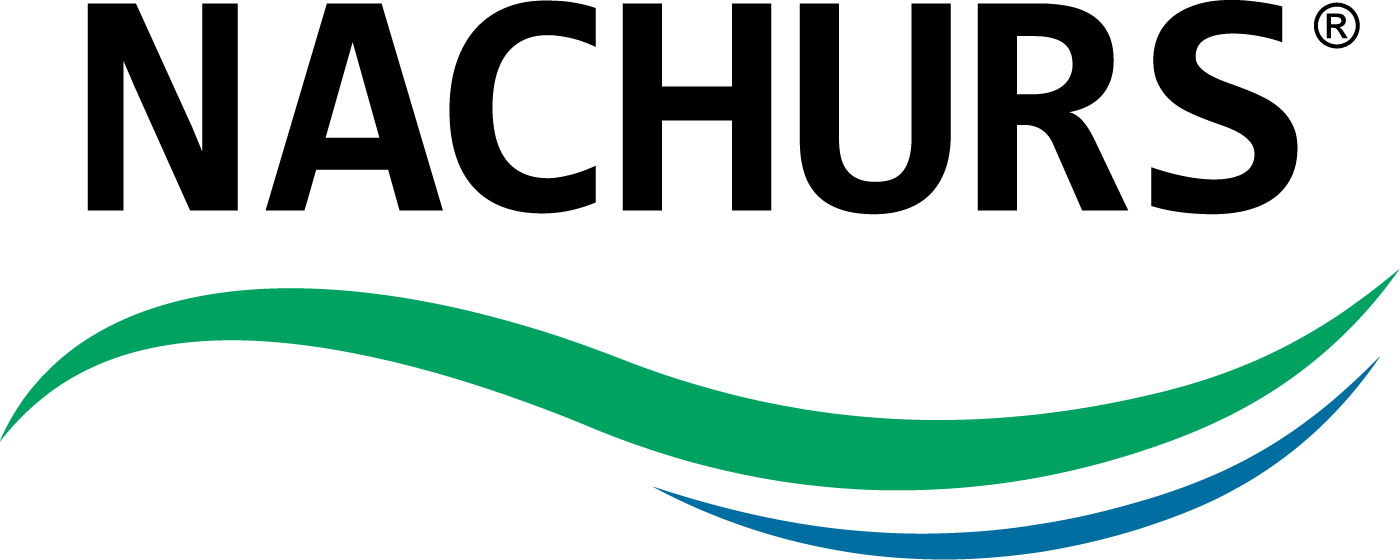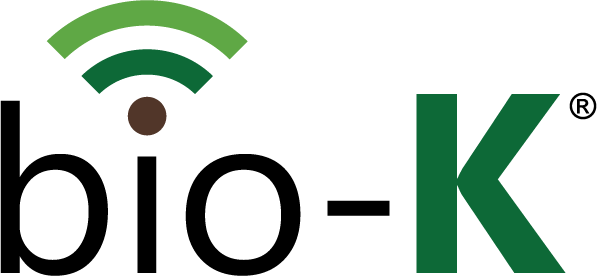What are you reading?
I have been thinking about higher yields and what are the next possible breakthroughs in agriculture which will send yields climbing. I have also been thinking about the magazines we read in agriculture. The titles alone give us hope: Successful Farming, Top Producer, Progressive Farmer, Corn and Soybean Digest, Ag Professional, and CropLife magazines.
What does it take to be a successful farmer or a top producer? The easy answer is good fertile soils, timely planting of quality seed, no insects or disease pressure, good marketing, a whole lot of help from Mother Nature, and Prayers, Prayers and more Prayers. In reality it is a whole lot more complicated than that and that is why we read. What are the top farmers doing that I’m not? What do I need to implement into my operation?
The “Top Producers” are often “Progressive Farmers”. Most farmers know they need to be progressive or they will be left behind by technology. Many of the most progressive have an employee or son or daughter coming back to the farm totally dedicated to science and technology. These people have the task of keeping up as technology seemingly passes us by. So much is changing so fast that we have to decide which of these changes is going to give us the best return on investment for the most years before we change again. This requires understanding and forward thinking. Like it or not; farming is complicated.
That is why “Ag Professionals” have jobs. People dedicated to answering questions, developing ideas and determining which new ideas will pay off. Ag professionals are people who make crops their life. CropLife magazine recently did a story on NACHURS Liquid Fertilizer. NACHURS has been developing liquid fertilizers for 72+ years. Forward thinking and developing new ideas with our Bio-K, Rhyzo-Link (Biologicals), and Aqua-Tech (Fertigation) keep NACHURS at the forefront of the fertilizer industry. If you haven’t heard of the new fertilizers look them up at nachurs.com. Better yet call us, we’d be happy to answer your questions about how we can help raise yields.













